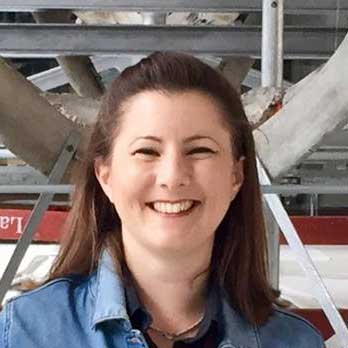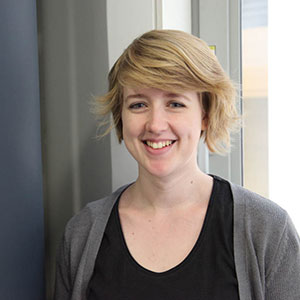The Volunteer Visitor Observer role has now been running for almost six months, so we decided that this was a good time to have a chat with some of our volunteers to find out what they have been doing.
The role supports a research project at the Fitzwilliam Museum, “Please Do Not Touch”, which aims to understand the effectiveness of the methods we use to deter visitors from touching the collections. How can we best protect the collections from touching, while at the same time still making them accessible to visitors and without hindering visitors’ enjoyment? The project would be impossible without the help of visitor observer volunteers. Project coordinator Helena Rodwell and Niki Hughes chatted with volunteers Judith Chisholm, Ted Rowe and Tejaswini Kulkarni to discover how they spend their time in the Museum.
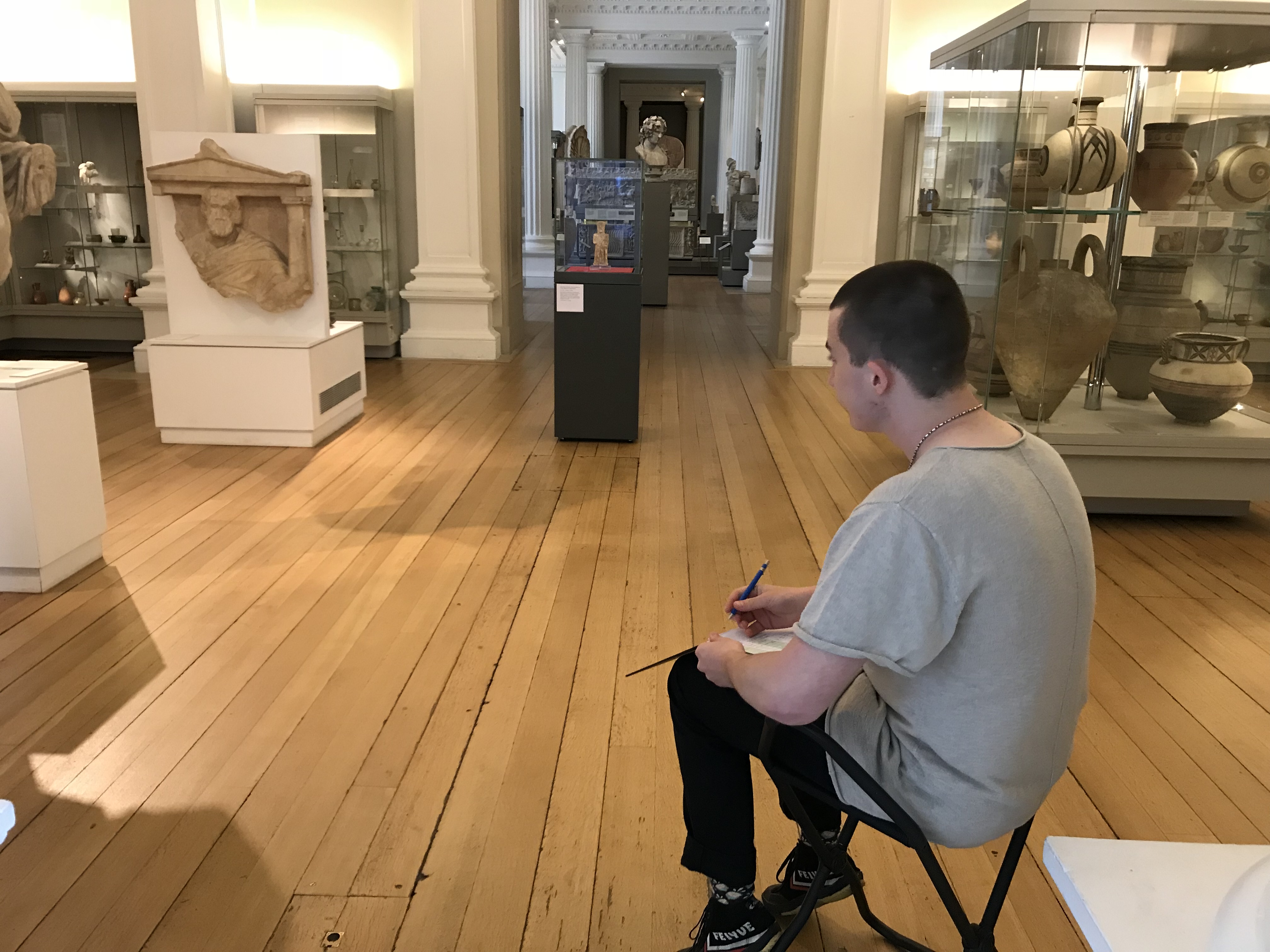
What is your role at the Museum and how long have you been there?
Ted: My role at the museum is to observe certain artefacts, and note down the ways in which the visitors interact with them, especially if they touch the potentially fragile artefact. I have been there for approximately three months.
How did you find out about it?
Judith: I’ve been volunteering with more than one museum and I can’t honestly remember how I started! My first volunteering for the University of Cambridge Museums was for the Twilight at the Museums event, stopping people outside to ask them if they would fill in a questionnaire. It was a chilly February evening, but it didn’t put me off!
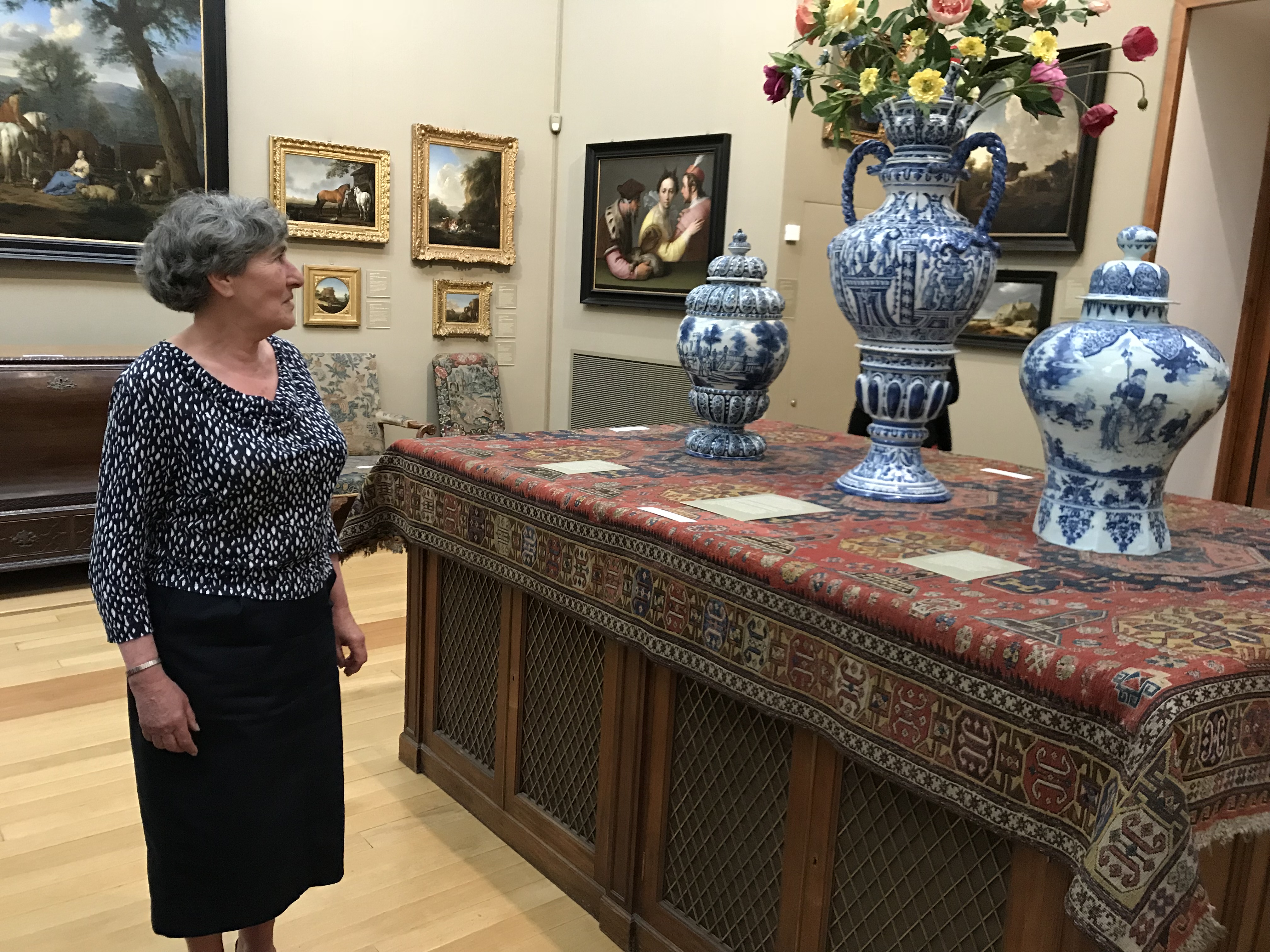
What attracted you to it?
Tejaswini: I am very fond of museums and I am keen on understanding the curation process and activities. My interest in art and art history attracted me to the Fitzwilliam Museum. The idea of getting involved with a project and being in the museum environment not just as a visitor was attractive as it gives me an opportunity to observe the activities of a museum from a different perspective.
Tell us about a typical day – what does your role involve?
Tejaswini: I volunteer for about two and a half hours each day. Typically it gives me about forty five minutes in each of the three galleries I am assigned for the day. In every gallery I am given a list of objects and I am to observe the visitor’s interaction with these objects. I record the observations like- whether they touch it or not; is the touch on purpose or an accident, what are the age groups, directions they come from, whether they are in groups or alone etc.
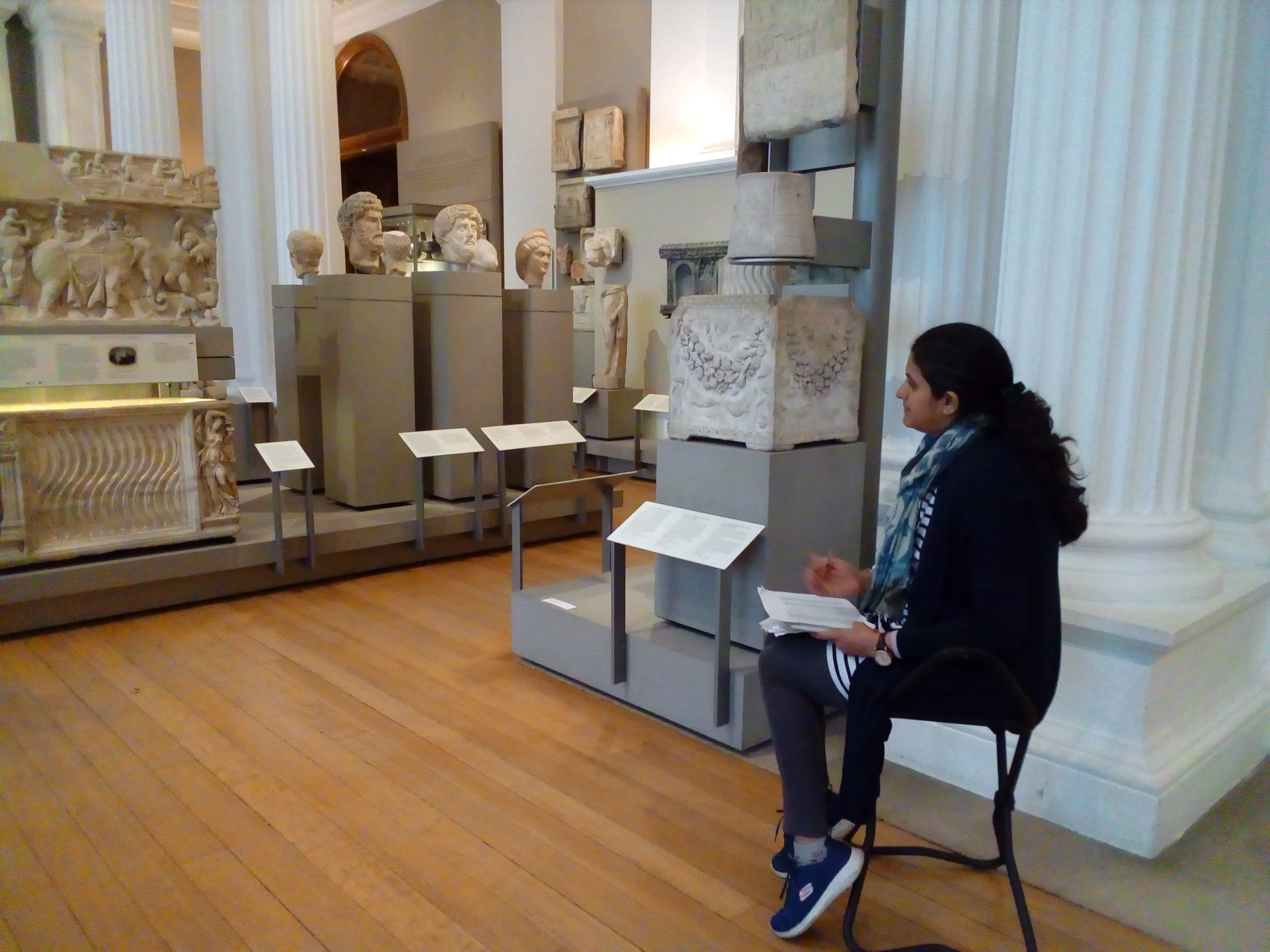
What is the weirdest thing you have seen a visitor do?
Judith: I have seen people touching the collections on display. I saw a small group have a talk on some of the pictures in the Italian Gallery and afterwards a couple of people went up to one of the paintings and leaned on the furniture to get a closer look.
What is your favourite object or gallery at the Fitzwilliam Museum?
Ted: My favourite object in the Fitzwilliam would have to be the large stone sarcophagus in the Egyptian gallery, as I am interested in ancient Egyptian culture and religion.
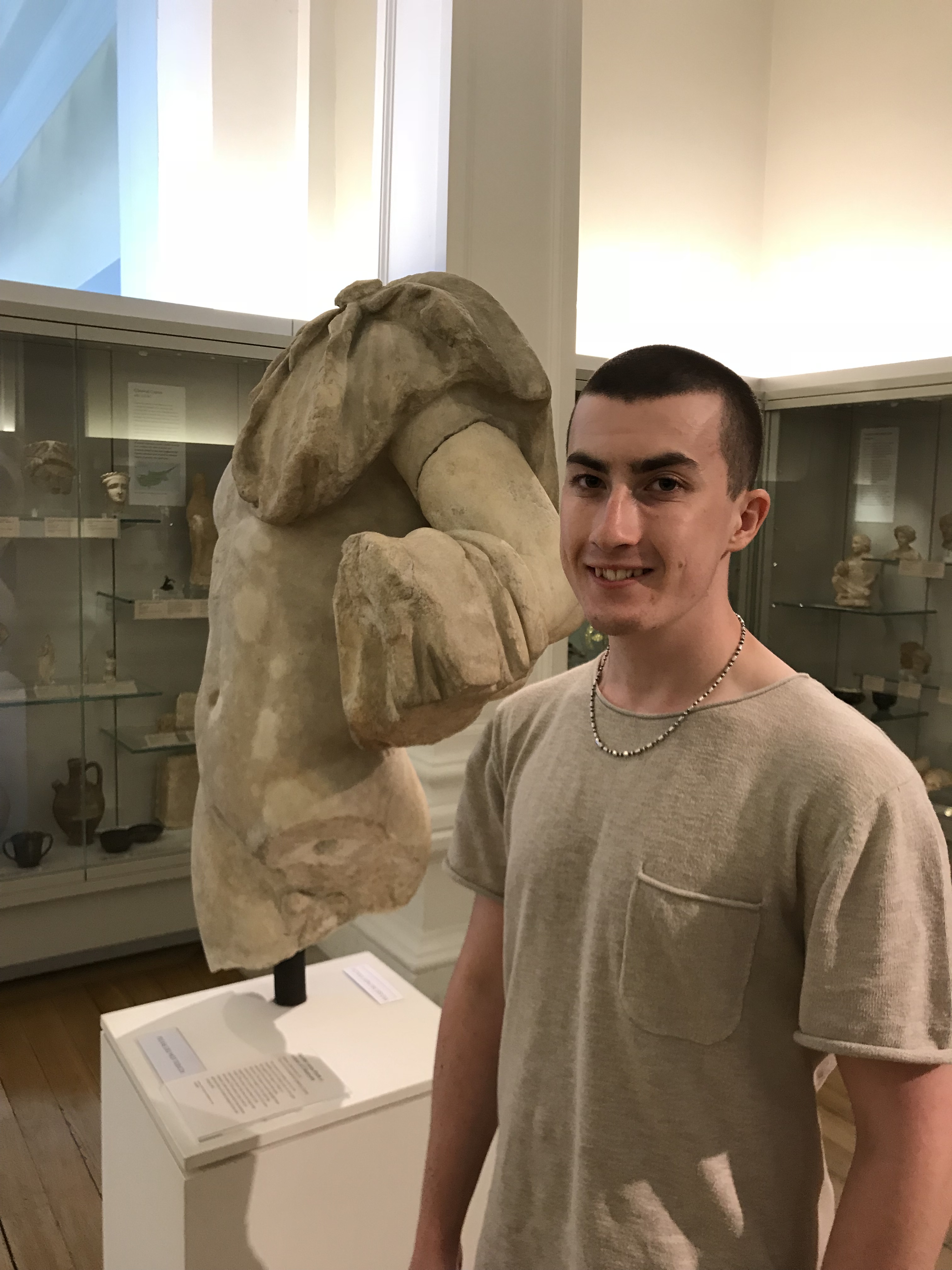
Has your perception of museums changed since you started volunteering?
Tejaswini: Yes it has, and for better. Since I visit repeatedly now, I realise how much effort and care goes into preserving, exhibiting and managing the objects and the museum premise. I also come across various activities being run for school children and art enthusiasts which are so helpful and encouraging.
Judith: Yes. I am more aware of the gallery design and the subtlety of the positioning of objects: why furniture is placed where it is to protect the painting or direct visitors in a certain direction. I had never noticed the kickboards below furniture before. I also appreciate the provision that both the Fitzwilliam and the Polar Museum make to encourage children to visit and take part. I volunteer with the Little Explorers at the Polar.
Ted: My perception of museums has definitely changed since I began the role as a volunteer. I now realise just how much people will attempt to touch an object, this makes me see the touching deterrents put in place by the museum with a new perspective.
Find out more about the project on the Museum’s webpage. Discover more about conservation and collections care at the Fitzwilliam on the Conservation & Collections Care Blog.

